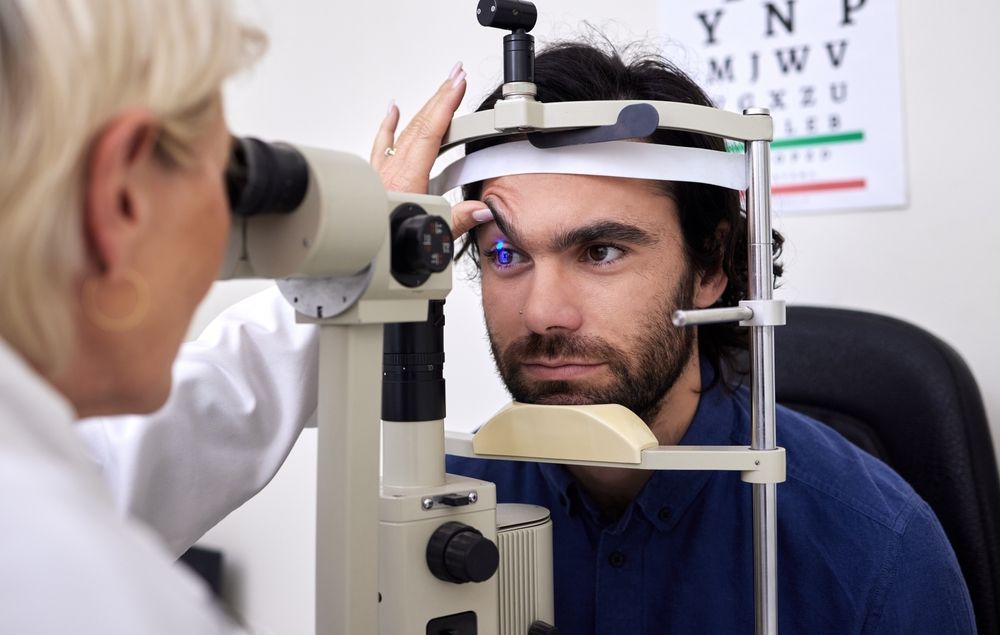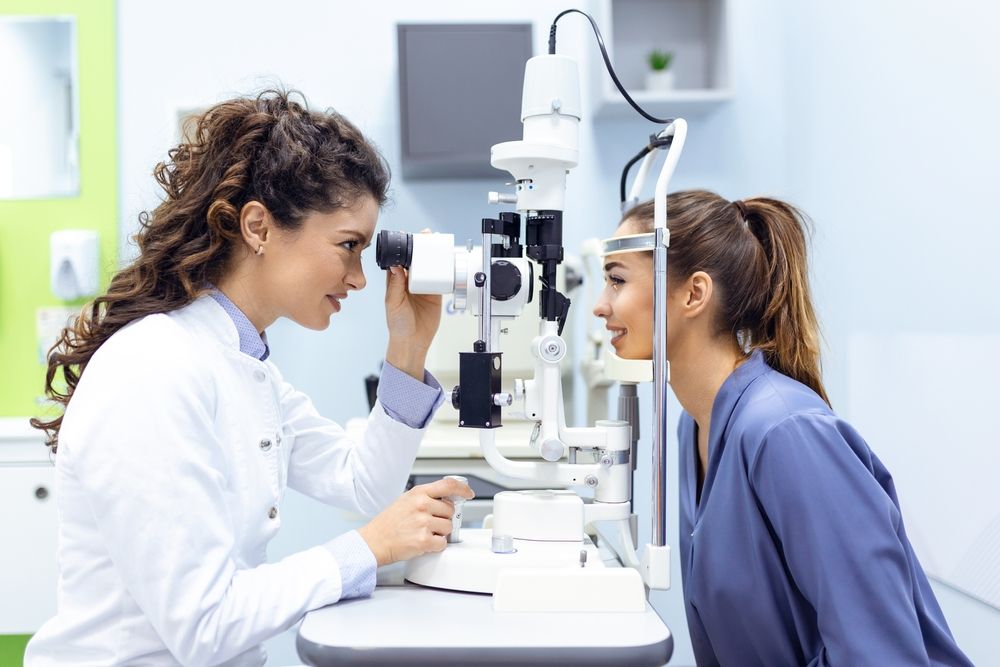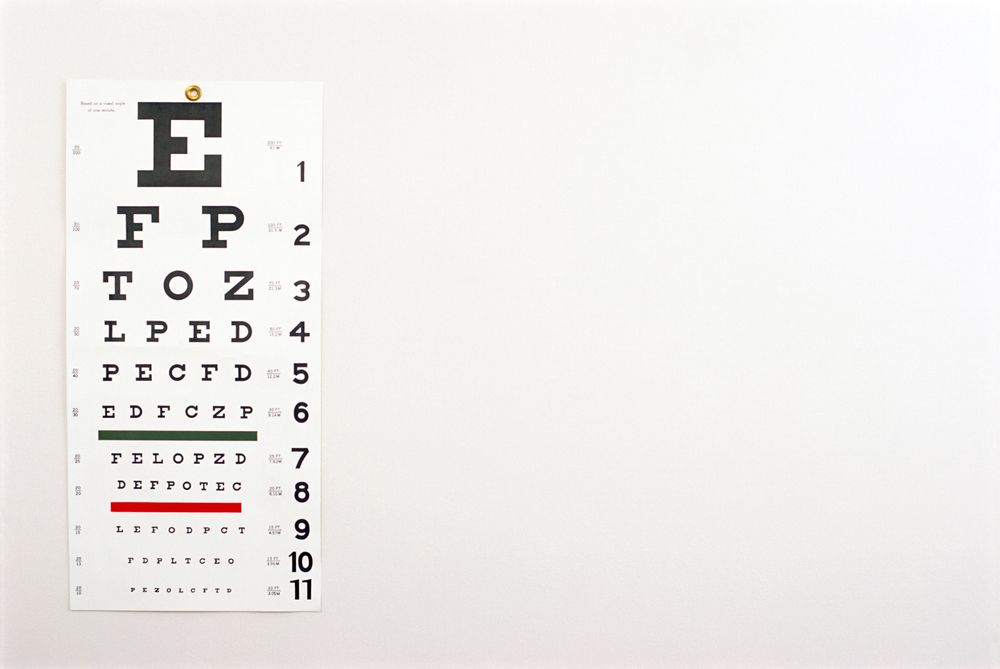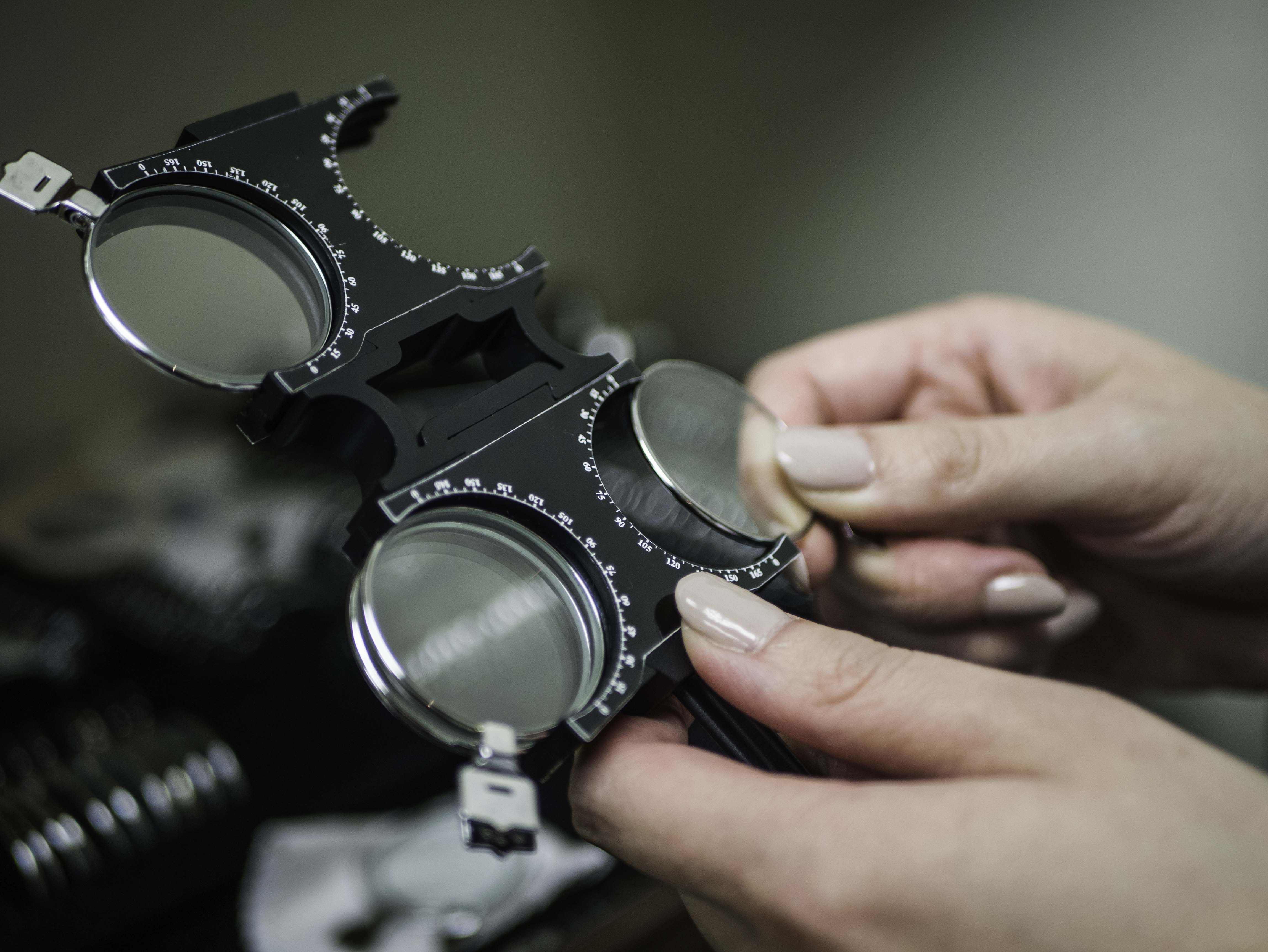Today's Vision Barker Cypress Blog
Learn more about optometrist care in our blog!

As the world of vision correction continues to evolve, specialty contact lenses have emerged as a game-changing solution for individuals seeking personalized and effective visual enhancement. These innovative lenses go beyond the traditional one-size-fits-all approach, offering a tailored experience that caters to a wide range of eye conditions and visual needs. Whether you're struggling with astigmatism, presbyopia, or unique corneal shapes, specialty contact lenses can provide the clarity and comfort you've been searching for.

Headaches are a common affliction that can significantly impact your daily life. They can range from mild discomfort to debilitating pain, making it challenging to focus on your work, enjoy leisure activities, or even function normally. Understanding the underlying causes of headaches is the first step in finding effective relief.

Myopia is a refractive error in the eye that causes distant objects to appear blurred while close-up objects remain clear. This condition occurs when the eyeball is too long or the cornea is too curved, causing light to focus in front of the retina instead of directly on it. Myopia is one of the most common vision problems, affecting nearly 30% of the global population.

Diabetes is a chronic condition that affects millions of people worldwide. It occurs when the body cannot properly regulate blood sugar levels, leading to various complications. One of the areas most affected by diabetes is the eyes. Diabetic patients are at a higher risk of developing eye conditions that can significantly impact their vision. Understanding the importance of routine eye exams for diabetic patients is crucial in maintaining good eye health.

Binocular vision dysfunction (BVD) is a condition that affects many individuals, causing discomfort and visual disturbances. If you are experiencing symptoms such as headaches, eyestrain, or double vision, it is crucial to understand BVD and seek appropriate treatment.

Keratoconus is a progressive eye disorder that affects the cornea, the clear front surface of the eye. It causes the cornea to gradually thin and bulge into a cone-like shape, resulting in distorted vision. While the exact cause of keratoconus is unknown, it is believed to be influenced by a combination of genetic and environmental factors. Symptoms of keratoconus include blurry or distorted vision, increased sensitivity to light, and frequent changes in prescription glasses or contacts.

A comprehensive eye exam is a thorough evaluation of your eyes and visual function, conducted by an eye care professional. This article will guide you through the importance of regular eye exams, what a comprehensive eye exam entails, how to prepare for your appointment, and what to expect during the examination process.

In our increasingly digital world, the use of digital devices such as smartphones, tablets, and computers has become an integral part of our daily lives. We rely on these devices for work, education, communication, and entertainment. While they offer numerous benefits, they also pose significant risks to our health, particularly our vision.

Struggling with the uncomfortable sensation of dry eyes is a plight that many people experience daily. Understanding what causes dry eyes and recognizing the symptoms is the first step in finding relief.

Myopia is a common condition that affects millions of individuals worldwide. It is a refractive error, which means that light does not properly focus on the retina when entering the eye. As a result, objects in the distance appear blurry while those up close are clear. This condition typically develops in childhood and can progressively worsen as a person grows, reaching stability in early adulthood.






